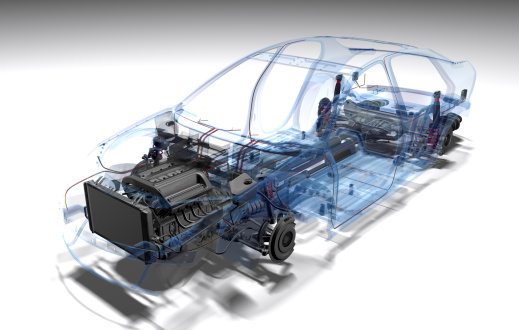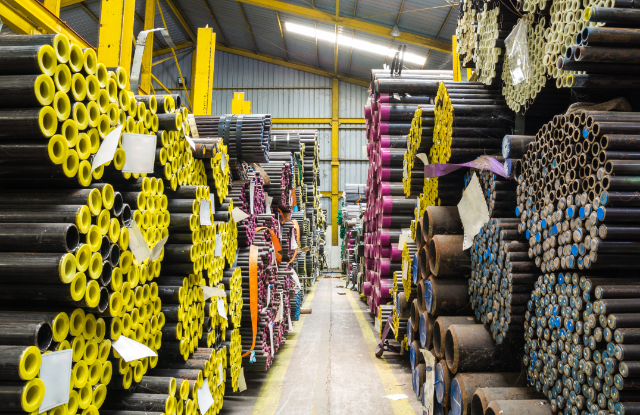Hydroforming Increases Automobile Safety

You might not know it, but you may have hydroforming to thank for the fact that you weren’t injured in your last fender-bender.
Generally speaking, hydroforming is a technique whereby a high-pressure hydraulic fluid is used to push a ductile metal, like aluminum or stainless steel, into a solid piece that is stiff and structurally sound.
The fluid is either pushed directly against the metal (no-bladder hydroforming) or against an insulating bladder (bladder hydroforming or flexforming). The metal is, in turn, pushed against a negative mold. (A negative mold has the name it does because it’s the inverse of the desired shape, meaning the material pushed into it achieves the shape that is sought.)
Hydroforming is often used to make unibodies for vehicles and metal frames for bicycles. The reason we began this post with the comment about hydroforming and vehicles is that the automotive industry has been one of the chief beneficiaries of hydroforming’s ability to creative strong, solid pieces of shaped metal.
Hydroforming is praised for being more cost-efficient than other methods and it can be used to create pieces that are too complex for simple die casting. Furthermore, hydroforming can actually be quite simple in terms of the infrastructure required.
If you are interested in learning more about hydroforming in general or about American Hydroformers specifically, please contact us at any time or visit our website for more information. We are always happy to help prospective new clients understand why we may be the best fit for them.
Error: Contact form not found.




Leave a Reply